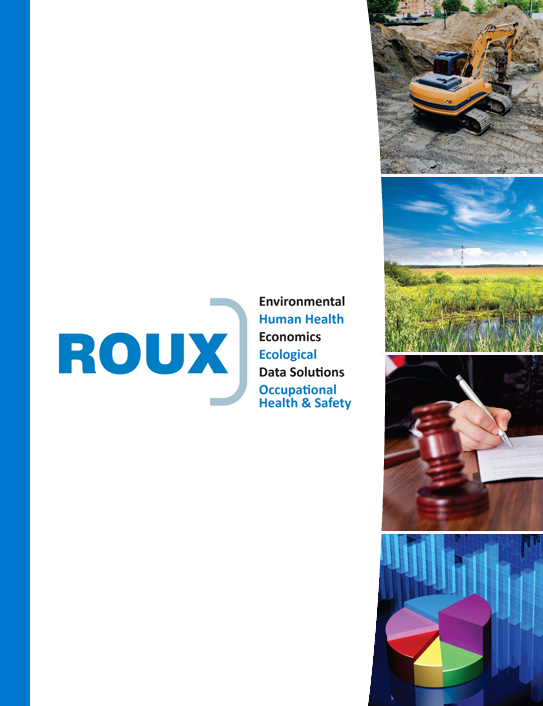Reporting Requirements for PFAS Substances & Considerations for Underwriting
Effective July 1, 2021, the USEPA is requiring businesses to report the presence of 172 PFAS chemicals in their products, intermediates, and raw materials to the USEPA under the Toxic Release Inventory (TRI) Program. This reporting requirement begins with the 2020 calendar year and annually thereafter. The reported PFAS substances will be available to the public online in the USEPA TRI Database.
This reporting change will likely present various challenges to most businesses, as they will now be required to evaluate, for the first time, the presence of PFAS in their operations. Existing knowledge of site usage history, their products, and their raw materials may be limited with respect to the presence of PFAS substances. Currently, Phase I or II Environmental Site Assessments do not typically discuss the potential presence of PFAS substances. Additionally, current laboratory testing cannot, effectively, identify all 172 PFAS substances required for reporting (currently only a limited number of PFAS substances can be identified).
The identification of previously unknown or undisclosed PFAS substances will alter the risk profiles of some insurance accounts and could increase the risk of pollution claims, creating challenges in the underwriting process. The new reporting requirements may increase an insured’s exposure to potential pollution cleanup, bodily injury, or property damage risk exposures attributed to identified PFAS substances. These risk exposures could impact different insurance coverages including gradual or sudden and accidental pollution, casualty, products and products pollution liability, third-party liability, and fines and penalties. The new PFAS reporting could also lead to future third-party lawsuits upon discovery.
With limited available PFAS information, underwriters will be faced with difficult decisions of whether to cover or exclude the risk. If an underwriter excludes the risk, there is a chance that the carrier may be in a less competitive position to bind the policy. If the underwriter accepts the risk, there is a possibility that the PFAS substances may be present (undisclosed or unknown, but pre-existing), and could result in a significant, potentially limits lost claim scenario. Existing PFAS exclusions may be too vague and not include all 172 substances, increasing the risk exposures.
With Roux’s Loss Control technical expertise, our analysis of specific accounts including PFAS substances, can provide underwriters with a thorough understanding of the risk exposures, the frequency and severity of the risks, a determination if an exclusion is actually warranted, if the current exclusion language would protect against a claim, and whether the proposed self-insured retention (SIR) can be leveraged to offset any of the risks.
If you have questions regarding the TRI Database, the new reporting of PFAS substances, how the risk exposures impact coverage, or how the new reporting could impact your insurance quote, please fill out the form below for more information.
